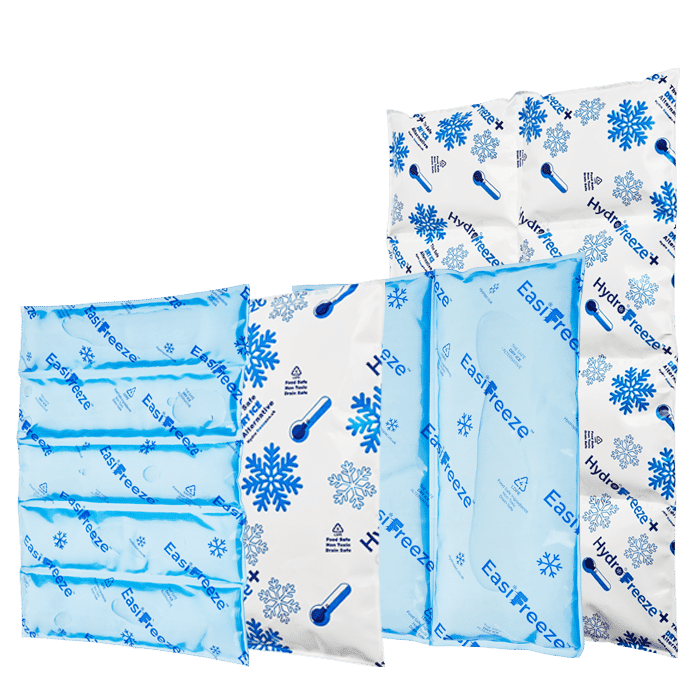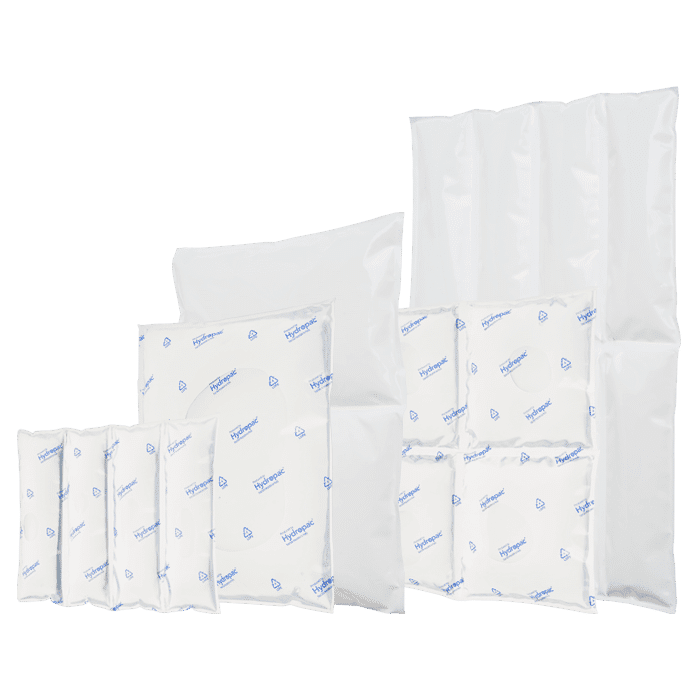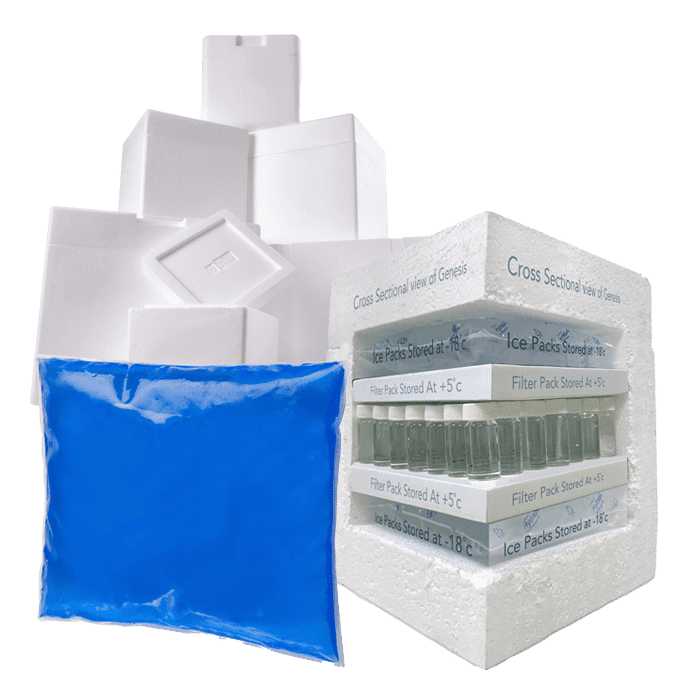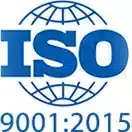Is “Compostable” the new word for “Biodegradable”?
A little while ago, we got on our soapbox about how the term “biodegradable” is actually just the attractive word for landfill, and now it’s our turn to discuss the word “compostable”. We’re the first to advocate the use of materials that are actually compostable, but there are a lot of misconceptions out there about the impact using compostable materials will have on the environment.
Custom chilled solutions for you
Hydropac offers every customer a customized solution for chilled and conditioned shipping. For example, we help a customer with limited freezing capacity to deliver gel packs frozen and ready to use, and we can manufacture almost all shapes and sizes of cooling elements. As a customer, you come first: we are here to help you.
Compostable Myths
The best ones out there….
Everything marked as compostable can be freely disposed of into the environment.
FALSE! It must be separated from other products before being disposed of. Nothing should also be freely disposed of into the environment; this could simply lead to a big littering issue.
Compostable packaging and biodegradable packaging are the same thing
FALSE! Something “biodegradable” and something “compostable” are very different things, as compostable materials are able to completely break down without producing toxins as they decompose. Certified compostable packaging is also guaranteed to break down under specific conditions. Biodegradable packaging has no fixed timeframe to break down and does release toxins into the ground as it degrades.
Compostable materials replace the need for recycling
FALSE! Recycling and composting are very different things, as something that is being recycled will be reused either as a new version of the same item (like a tin can being recycled into a tin can) or a new item from the recycled material. Something composted will break down into the environment with no harm to the surrounding area, but not be reused.
There are materials such as PETE (Polyethylene Terephthalate) that cannot compost as they contain toxins and would take many years to biodegrade but can easily be recycled into new items.
Correct Compostable Disposal
Like something classed as “biodegradable”, it’s really important to make sure disposal of anything “compostable” is done in the right way.
- Breaking down a product into its separate components is really important. A lot of items are actually “part compostable”, so not everything will break down in the same way – paper envelopes with a plastic lining, for example.
- Anything marked as 100% certified compostable can be disposed of in a home composter or at a compost facility. A lot of UK councils are now supplying residential estates with home composting bins; if yours is not on board yet, then look for your nearest composting facility online.
- Don’t put compostable products into the general waste unless as a last resort, as they will take a lot longer to break down when in amongst other, non-compostable products.
- Some products are both recyclable and compostable, but check before you put something marked compostable into the recycling bin.
Are compostable materials the future?
They definitely make up a large part of how we should be looking to package our products moving forward, but there’s a definite need still for increased investment into recycling facilities (not to mention advocating the idea of reusing items until they become unusable, where possible).
We all need to ensure that we’re clear on what the different terms actually mean and where the products we use on a daily basis fit within them.
To recap:
- Compostable – products will break down in the natural environment, releasing only nutrients to enrich the ground and no toxins. Anything certified compostable will have a specified timeframe for this break down to occur.
- Recycling – products are able to be recycled either through domestic recycling plants or at specialist recycling plants, to be reused as something else.
- Reuse – products can be reused by the end consumer until they come to the end of their life.
- Biodegradable – products will break down in the natural environment but will take varying amounts of time, with no fixed timescale. They will often release toxins or heavy metals as they degrade, and do not enrich the natural environment around them. whilst something biodegradable is better than something that isn’t, ideally you want to be using materials that are recyclable, compostable or reusable instead.
Resources
- BPF Standards for Compostability: https://www.bpf.co.uk/topics/standards_for_compostability.aspx
- Our new Freshpac Selection page, which clearly highlights our products that fall into these categories
- EnviroCool – our all singing, all dancing, compostable, recyclable, biodegradable and recycled food packaging system – https://hydropac.co.uk/product/envirocool/
Sustainability Hydropac and CSR
Sustainability isn’t just a trend for us – it’s a promise. As we innovate, create, and lead, we keep our planet’s well-being at the forefront. With Hydropac, you’re not just preserving the quality of your cargo; you’re contributing to a healthier world.
Experience the power of sustainable temperature assurance with Hydropac – where excellence and environmental responsibility coexist for a brighter future.





